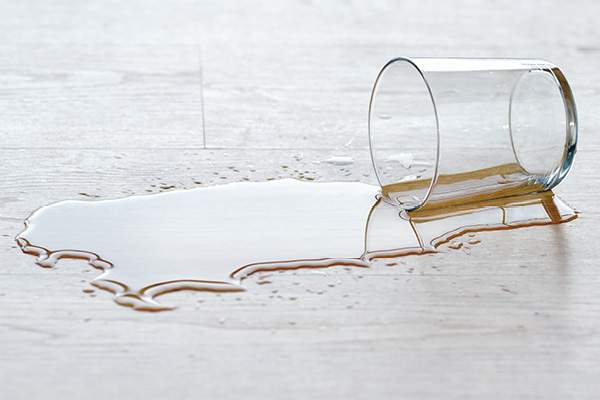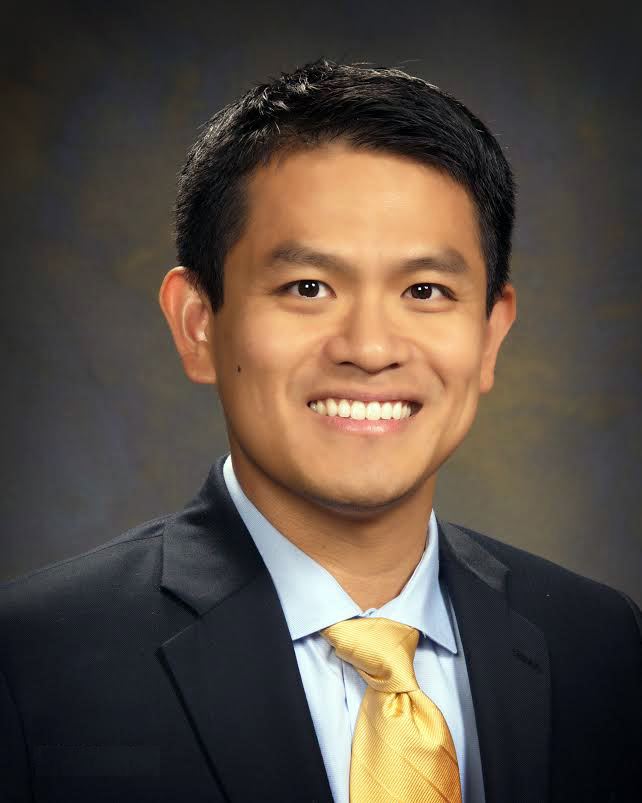Getting Over Your Overactive Bladder

 Do you know what Kate Winslet, Whoopi Goldberg, Samuel Jackson, and Stephen King have in common? All four of these celebrities have bravely gone public about their struggles with a form of incontinence known as overactive bladder, or OAB.
Do you know what Kate Winslet, Whoopi Goldberg, Samuel Jackson, and Stephen King have in common? All four of these celebrities have bravely gone public about their struggles with a form of incontinence known as overactive bladder, or OAB.
This common condition affects some 33 million Americans. Symptoms include: A sudden urge to urinate so intense that you can’t always make it to the toilet on time, having to urinate eight or more times a day or getting out of bed to go to the bathroom at least twice during the night.
OAB can have a variety of causes:
- Nerve damage: Abnormal nerve signals trigger the bladder to empty at the wrong time. This may stem from trauma, a herniated disk, the effects of a stroke, radiation treatments, or a condition such as Parkinson’s disease, multiple sclerosis, or diabetic neuropathy.
- Infection: A urinary tract infection (UTI) can irritate the bladder and cause unexpected contractions.
- Weak pelvic muscles (in women): Pregnancy and childbirth may cause the uterus, bladder, or rectum to slip out of place and press into the vagina, a condition known as prolapse.
- Bladder infection, bladder stones, or bladder cancer
- Estrogen deficiency after menopause (in women): Postmenopausal hormonal changes may contribute to incontinence.
- Enlarged prostate (in men): As men age, the prostate gland enlarges and can block urine, causing OAB.
- Lifestyle: Alcohol, caffeine, and certain medications can dull nerve signals between the bladder and the brain. Excess weight places extra pressure on the bladder.
Treating OAB
Treatment at MarinHealth® typically starts with lifestyle changes such as a regular bathroom schedule, losing weight, limiting caffeine and alcohol consumption, or trying bladder training. Medications may also be prescribed. A Botox® injection in the bladder can sometimes temporarily reduce overactive bladder symptoms. For men, prostate surgery may be appropriate.
Nerve Stimulation
For long-term relief from OAB, many urologists prescribe a device that delivers electrical impulses to the nerves
that go to the bladder and bowel. Effective in treating both OAB and fecal incontinence, this pacemaker-like device is implanted under the skin near the tailbone. Currently, the smallest, most advanced, and longest-lasting device is the Axonics® implant. Eighty-nine percent of patients treated with Axonics® achieved clinically significant improvements at one year, and 93% of patients described themselves as satisfied with their therapy.
The days of “suffering in silence” are over. With the right treatment, people can return to their favorite activities and live life to the fullest.

